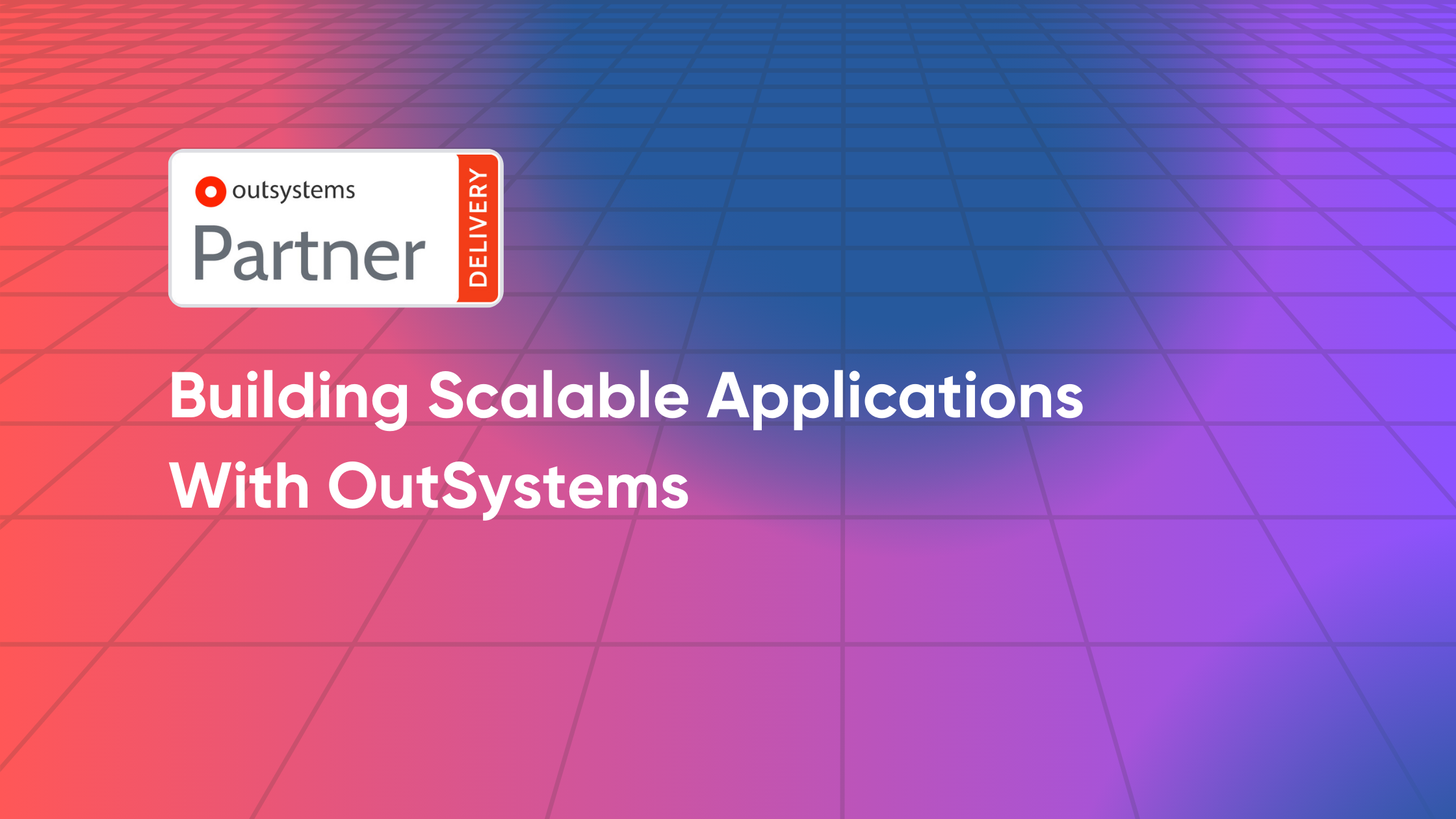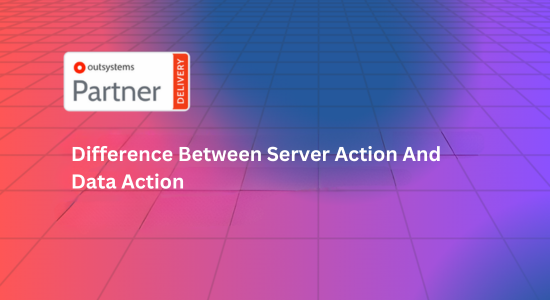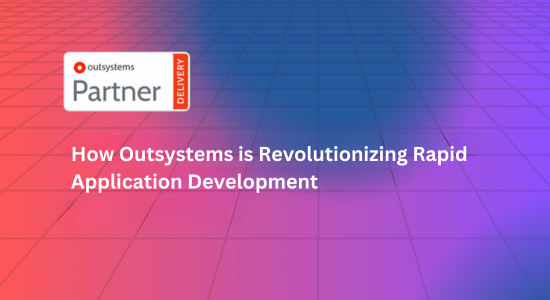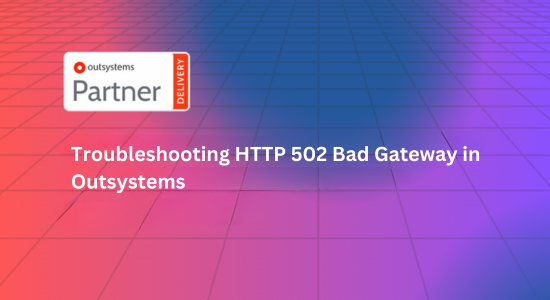Building scalable applications with OutSystems involves leveraging its low-code platform to rapidly design, deploy, and manage enterprise-grade applications that can grow and evolve as business demands change. Here’s a guide to building scalable applications with OutSystems:
1. Understand OutSystems Architecture:
- OutSystems uses a multi-tier architecture that includes client, server, and database layers. Knowing how these layers interact is key to designing a scalable system.
- The platform offers horizontal scaling by adding more application servers and vertical scaling by optimizing existing resources.
2. Design for Scalability from the Start:
- Modular Architecture: Break down applications into reusable modules and services, promoting separation of concerns.
- Decoupled Components: Use APIs and microservices to create loosely coupled components, allowing independent scaling of services.
- Multi-Tenancy: If building for multiple clients or business units, design a multi-tenant architecture that can scale with minimal changes.
3. Optimize Data Management:
- Efficient Queries: Write optimized queries and use indexes effectively to ensure quick data retrieval.
- Data Caching: Implement caching strategies to reduce load on the database by storing frequently accessed data in memory.
- Database Scalability: OutSystems supports database clustering, allowing scaling of the database layer independently.
4. Leverage Asynchronous Processing:
- Use OutSystems’ built-in task queues and timers to handle long-running or resource-intensive operations asynchronously, preventing bottlenecks in real-time processing.
5. Load Balancing and Redundancy:
- Use load balancers to distribute traffic across multiple servers, ensuring high availability and preventing any single point of failure.
- Implement redundancy and failover strategies to maintain uptime and handle unexpected spikes in load.
6. Performance Monitoring and Optimization:
- OutSystems provides built-in monitoring tools like Service Center for tracking application performance and identifying bottlenecks.
- Regularly monitor server performance and set up automated alerts for resource utilization metrics like CPU, memory, and network bandwidth.
7. Continuous Integration and Delivery (CI/CD):
- Automate deployment pipelines using OutSystems’ CI/CD tools to handle code releases smoothly, ensuring faster time-to-market and reduced errors.
- Use feature toggles and blue-green deployments to minimize risks during scaling or new feature releases.
8. Security at Scale:
- Implement role-based access control (RBAC) and data encryption both at rest and in transit.
- Regularly update security policies as your application scales to handle more users and data.
9. Elastic Scaling with Cloud Providers:
- OutSystems can be deployed on cloud platforms like AWS, Azure, or Google Cloud, enabling elastic scaling based on demand.
- Take advantage of auto-scaling groups and serverless options where appropriate.
10. Test for Scalability:
- Conduct load testing and performance benchmarking to understand your system’s limits and optimize accordingly.
- Use automated testing tools available within OutSystems to validate application behavior under stress.
By applying these principles, you can build OutSystems applications that scale efficiently, delivering consistent performance as your user base and data volume grow.








